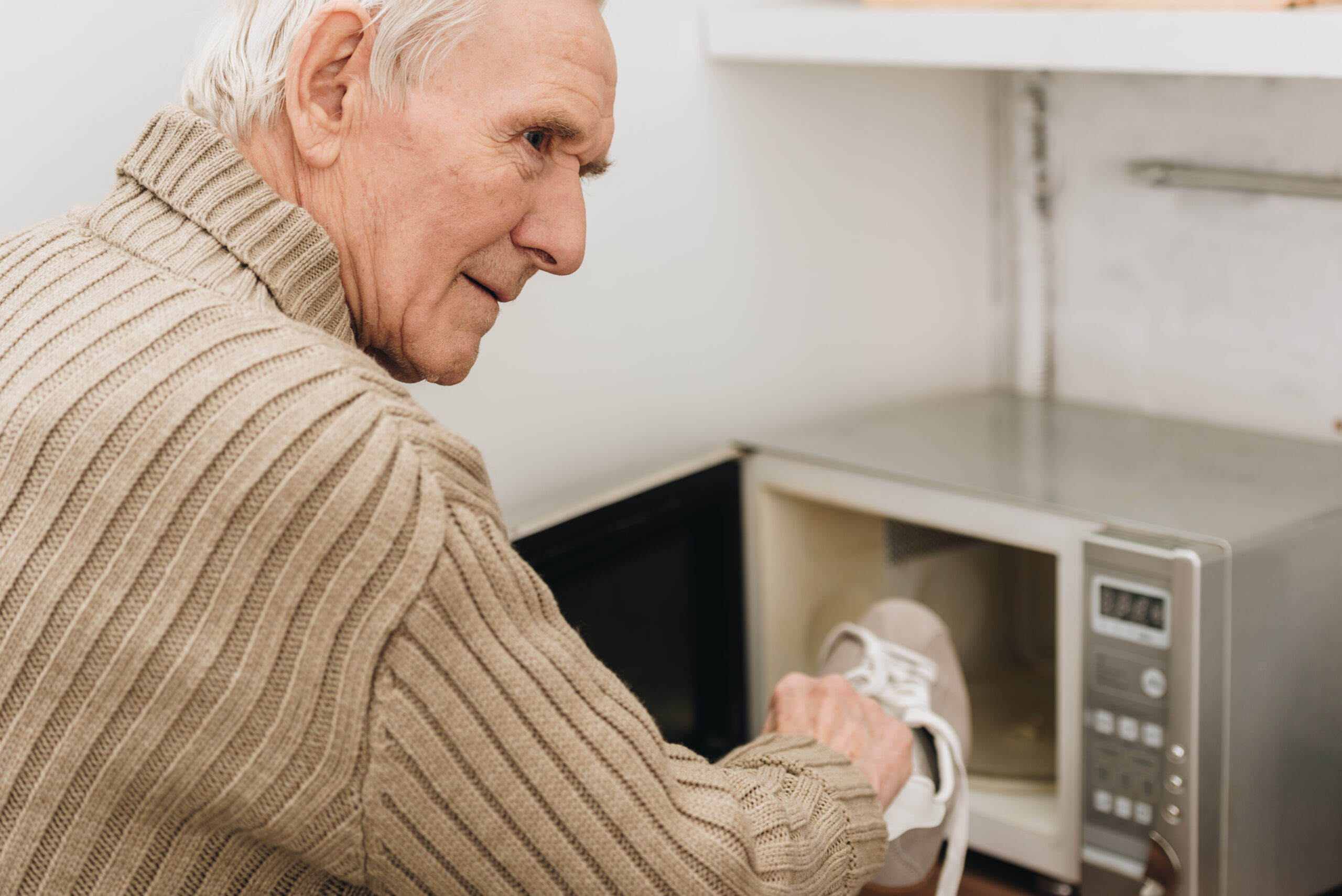Alzheimer’s Picture Phone: Setting up a phone with photo contacts
Technology has become an integral part of our daily lives, making tasks easier and improving communication. However, for individuals with Alzheimer’s disease, technology can often be overwhelming and confusing. That’s where the Alzheimer’s Picture Phone comes in – a simple and easy-to-use phone designed specifically for those with memory impairment.
Setting up a traditional phone can be challenging for someone with Alzheimer’s, as they struggle to remember phone numbers and navigate a complex interface. The Alzheimer’s Picture Phone, on the other hand, uses photo contacts instead of numbers, making it much easier for them to make calls independently.
If you’re looking to set up an Alzheimer’s Picture Phone for your loved one, here’s a guide to help you through the process.
1. Choose the right phone
The first step in setting up an Alzheimer’s Picture Phone is to choose the right device. There are many options available in the market, but look for one with large buttons and a clear display. The phone should also have a photo contact feature, allowing you to save pictures of people your loved one frequently calls.
2. Gather photos
To set up the photo contacts, you will need to gather photos of the people your loved one regularly communicates with. These can be family members, friends, caregivers, or doctors. You can also print out pictures of important places like their home, doctor’s office, or a nearby grocery store.
3. Create a contact list
Next, create a list of contacts that will be saved on the phone. If your loved one has difficulty remembering names, consider labeling each contact with their relationship to them. For example, instead of “John Smith,” you could label it as “Son – John Smith.”
4. Save photos
Once you have the contact list ready, save the corresponding photos to each contact on the phone. Make sure to use clear and recent pictures that your loved one can easily recognize.
5. Program phone numbers
Some Alzheimer’s Picture Phones also have a number keypad, which can be used to program important numbers like the doctor’s office, emergency services, and family members. This will allow your loved one to make calls in case of an emergency.
6. Test it out
After setting up the phone, it’s essential to test it out with your loved one. Show them how to make calls using the photo contacts and teach them how to navigate through the phone’s features. Be patient and give them time to get familiar with the device.
7. Make adjustments
If your loved one has trouble using the phone, make necessary adjustments to make it easier for them. You can increase the font size or adjust the volume to their preference.
8. Keep it simple
To avoid confusion, it’s best to keep the phone’s interface as simple as possible. Remove any unnecessary features or apps that your loved one may not understand.
9. Regular maintenance
As with any electronic device, the Alzheimer’s Picture Phone will require regular maintenance. Make sure to keep the phone charged and update contacts if needed. You may also want to consider adding new photos as your loved one’s social circle changes.
10. Additional features
Some Alzheimer’s Picture Phones come with additional features like a reminder function or a GPS tracker, which can be beneficial for individuals with memory impairment. Consider these options based on your loved one’s needs.
In conclusion, the Alzheimer’s Picture Phone is a great tool for improving communication and independence for individuals with Alzheimer’s disease. With a little effort and patience, you can easily set it up and provide your loved one with a simple and effective way to stay connected with their loved ones.





